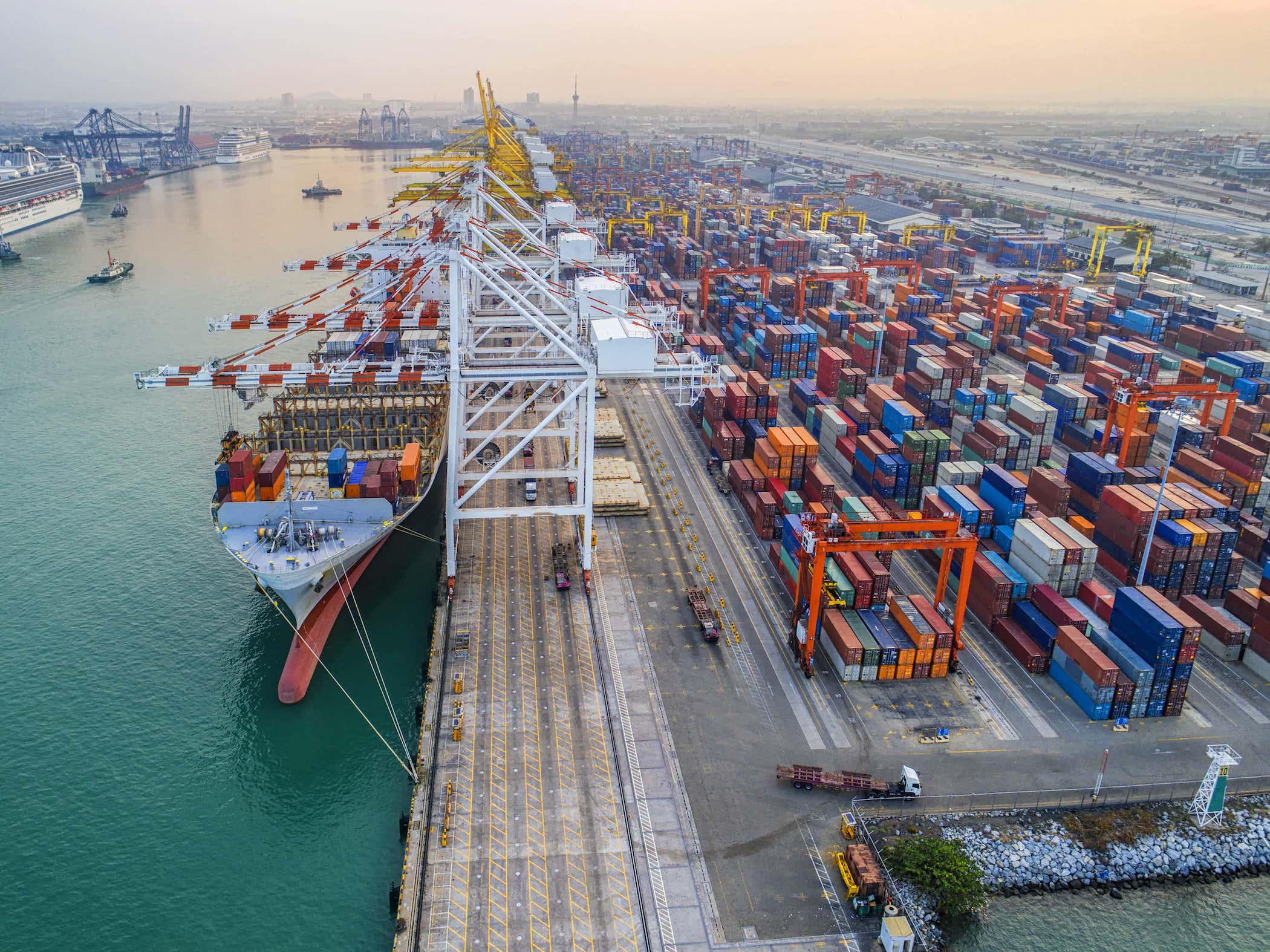Category: Tariffs
Lineweaver Wealth Advisors Tariffs Market Commentary for April 3, 2025
Join Chad Roope, CFA®, Chief Investment Officer for Lineweaver Wealth Advisors for an important look into the tariffs announced by the Trump Administration on April 2
In Focus Tarriffs
If 2017 lulled market participants to sleep, then the turbulent start to 2018 has been a wake-up call. Just when the dust seemed to settle on February’s bout of market volatility, investors are now contemplating the impact of a proclamation authorized on March 9th to impose 25% and 10% import tariffs on steel and aluminum respectively. Canada and Mexico are temporarily excluded contingent upon renegotiation of the North American Free Trade Agreement (NAFTA). The President stressed flexibility to adjust tariffs for specific countries and left the door open to more tariffs. This is sure to be a fluid issue and will take time to play out. We will monitor the situation to assess reactions from U.S. trading partners. Key Points: President Trump has persistently concentrated on policies aimed to incentivize corporations to invest domestically. In January 2017, President-elect Trump proposed a Border Adjustment Tax (BAT) that was eventually scrapped. Four days after his inauguration, President Trump met with executives from the big three U.S. automakers to discuss how to bring automotive manufacturing jobs to America and discourage outsourcing from Mexico. At that time, President Trump threatened to impose a 35% tariff on imported vehicles, also eventually scrapped. Weak U.S. dollar policy could be an alternative to tariffs. Immediately following his meeting with President Trump, Ford CEO Mark Field told reporters “the mother of all trade barriers is currency




 Virteom
Virteom